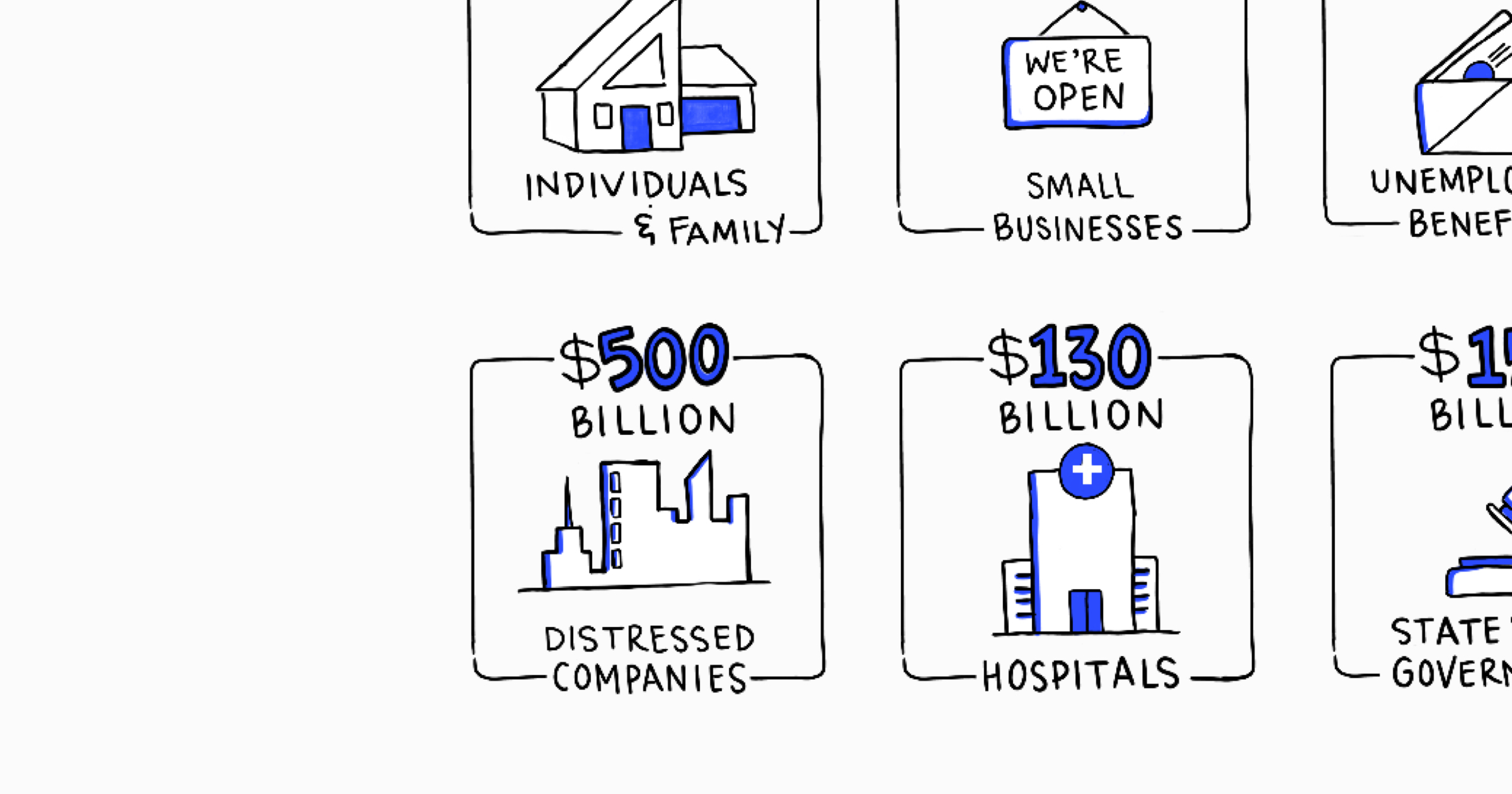Tax filing season—which starts January 1st and ends April 15th—is by far the busiest time of year for tax professionals. A 60-hour, six-day workweek is not uncommon for many CPAs. As an experienced tax pro, you already know that you’re about to get hit with a hurricane of work. After all, roughly 60% of people hire a tax preparer for help with filing. But there is a silver lining. This is a time where you can increase your tax business revenue tremendously – as long as you don’t let cash flow issues stop you.
Take control of your cash flow
Cash flow management is a primary concern for any small business. If you are lacking cash before busy season begins, you may not have the money you need to fund a marketing campaign, hire staff, or purchase much-needed new software.

This could greatly limit your ability to reach and serve more customers, which equals less revenue for you.
So, to best prep for the busy season, consider getting a small business loan to cover seasonal expenses. Here’s what you need to know about applying for one:
Think short-term
Long-term loans are usually best for when you are starting out or expanding. So, unless that applies to you, you’re not going to require a long-term loan, like a U.S. Small Business Administration (SBA) loan (which typically have terms of 5–25 years).
Instead, look for short-term business loans. These are specifically designed to cover short-term financing needs. Term lengths range from 3–18 months. Such short-term loans are great for solving temporary cash flow issues and capitalizing on new business opportunities, both of which are perfect for funding your practice when you need it most.

Another advantage of applying for a short-term loan is that the process is generally quite quick. With many lenders, you can get approval in as little as two days (though sometimes it may take weeks).
Go for flexibility
You’re probably a wizard with budgeting and know exactly how much you need to prepare for tax season. But that doesn’t necessarily mean you should get a lump sum loan.
You do have an option to take cash as you use it. Some of these loans and funding sources even come with lower interest rates than traditional small business loans, which means you can save money.
Here are a few of your options:
Business line of credit: With a business line of credit, interest rates range from 7–25%. This is a cyclical line of credit and you only pay interest on the money you withdraw. Take as you need to pay for marketing initiatives, upgrade software, hire seasonal help, and whatever else you need for the busy tax season.
Business credit card: A business credit card is incredibly convenient as a source of backup funds for your tax business. These cards can also act as a loan if you need. The advantage is that application decisions are basically instantaneous. Even better, many business credit cards come with 0% intro APR periods, cash back rewards, and other benefits.
Explore all possible funding options
If you find that traditional loans and credit lines aren’t giving you the rates and terms you want, you should know you still have other options, for example, a personal loan.
Personal loans do typically come with longer terms, but you could just use it as a continual source of funds before every tax season. In addition, personal loans can have lower interest rates than some small business loans, especially if you have good credit.
Or, if you plan to buy new equipment to increase productivity for busy season, you could apply for equipment financing. Such loans usually carry interest rates of 8–30%, but this type of solution means you can buy the computers, software, and other necessary supplies right away.
Prepare in advance
You undoubtedly want your clients to come in prepared with all the necessary tax materials (unfortunately, they probably don’t always do that). The same goes when you apply for a small business loan. Preparing everything you need will make the process quicker and could make approval more likely.

Some common small business loan requirements include:
•Bank statements
•Balance sheets
•Profit and loss statements
•Tax returns (personal and business)
You may also need to provide cash flow forecasts, evidence of accounts receivables, and collateral documentation. The more information you have on hand, the better.
Getting the money you need to succeed
You don’t want a lack of working capital to prevent your tax business from growing. For this busy tax season, go for a flexible, short-term funding option with the best rates and terms. Explore all options, because some funding options may surprisingly cost less than traditional ones.
Know you can get the capital you need and you can get it quickly. Once you have that money in your hands, you’ll be in a position to capitalize on all the opportunities that come your way this tax season.








Get Our Latest Updates and News by Subscribing.
Join our email list for offers, and industry leading articles and content.